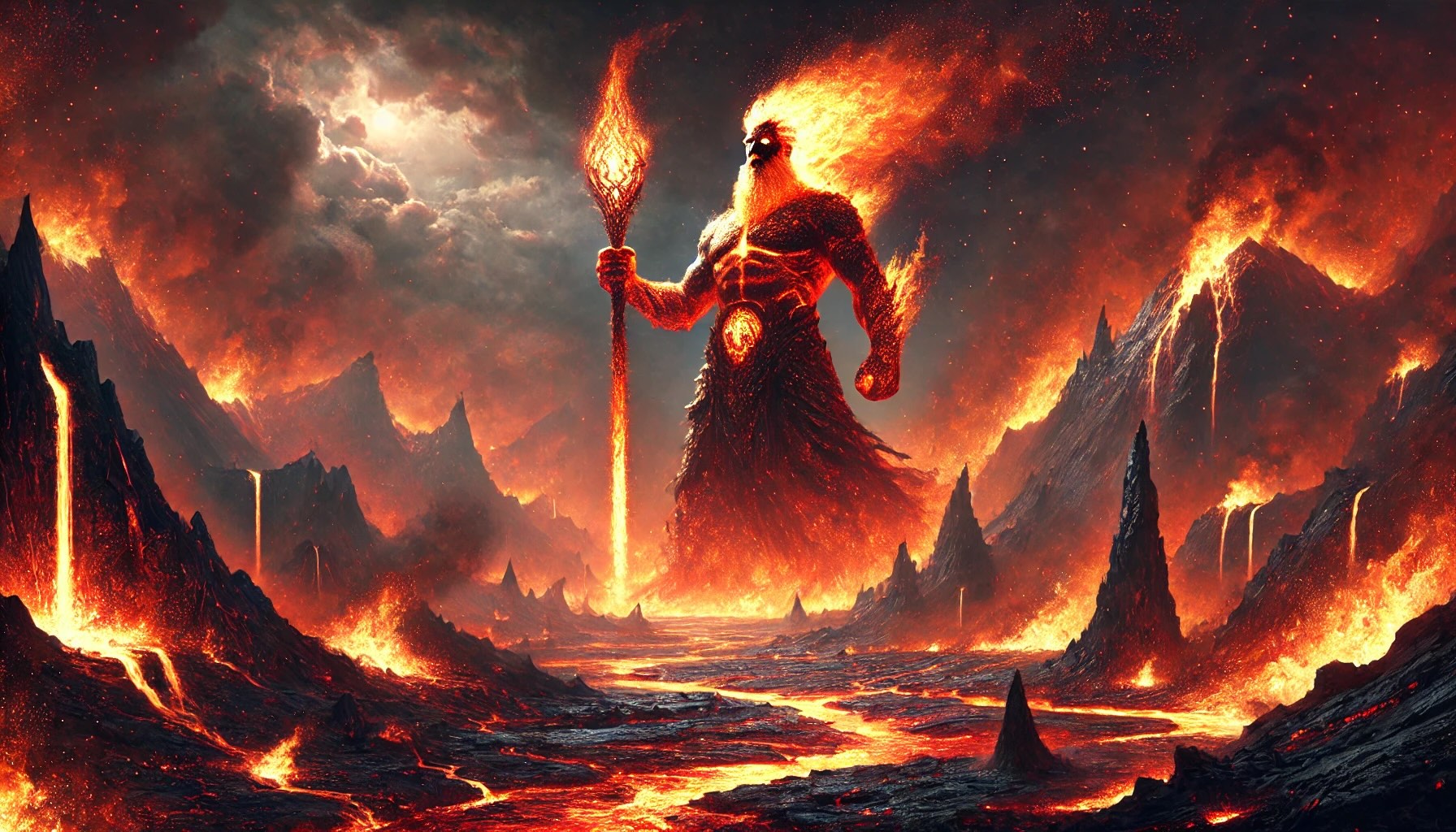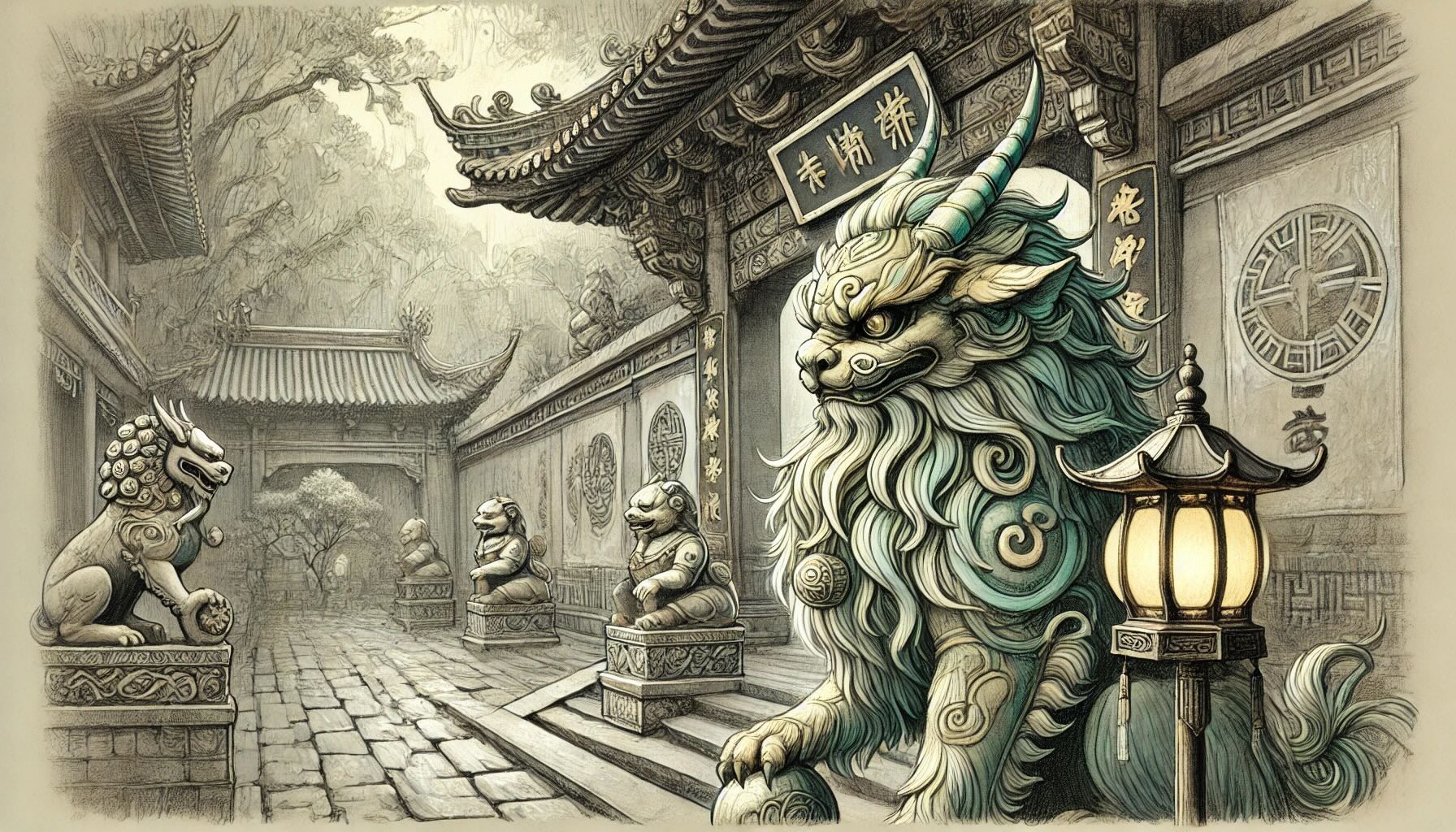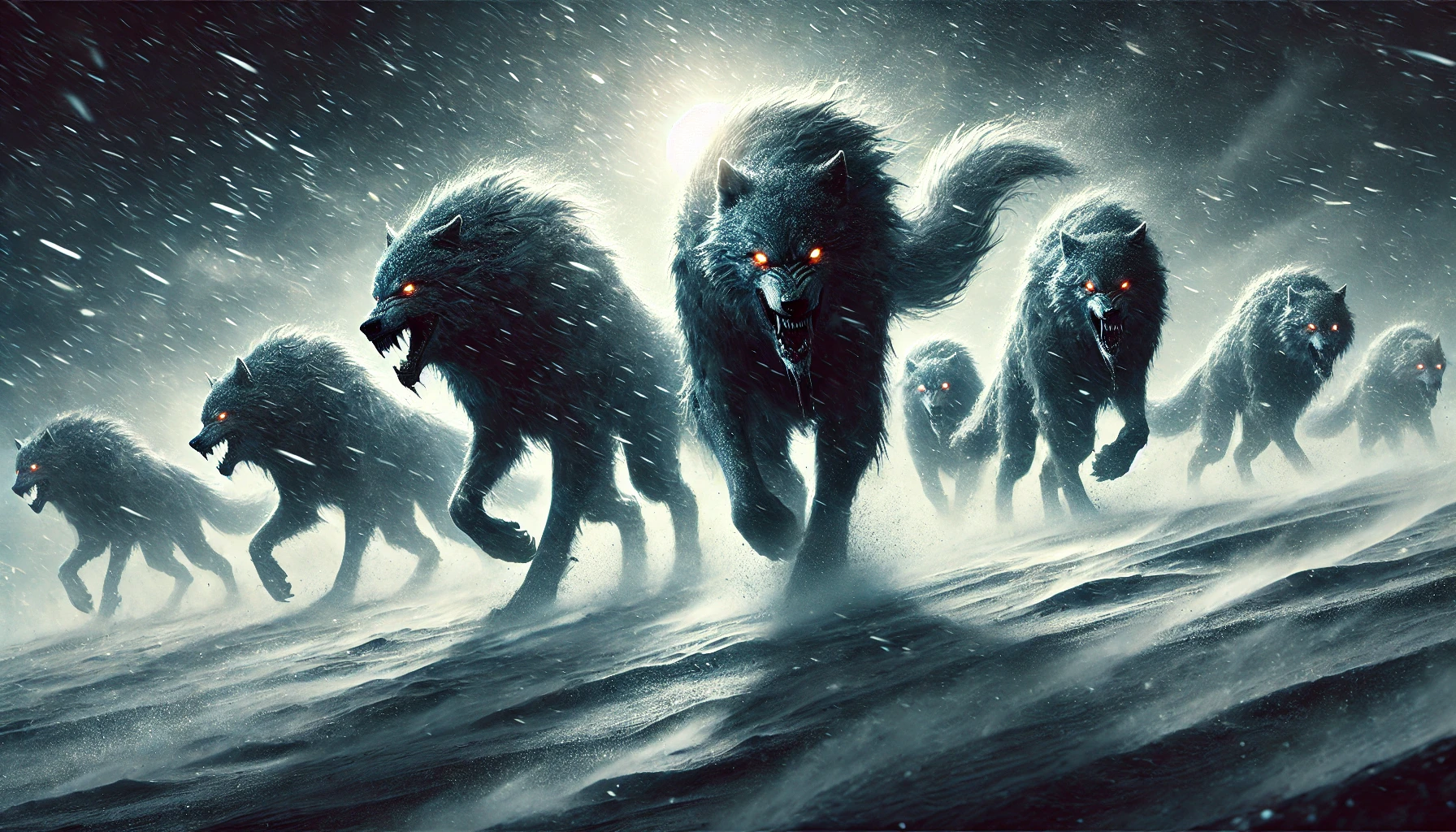Top 10 Fire Monsters, Myths, and Legends
The flicker of firelight has always drawn awe—and fear. Across the lands, tales speak of beings born from flames, their power as unpredictable as the element they embody. From volcanic craters to glowing embers in sacred rituals, these fiery entities are said to shape the world around them, creating and destroying in equal measure. Travelers whisper of glowing figures in the darkness, scorched earth left in their wake, and flames that dance to an unseen will. Step cautiously into the realms where fire gives life—and consumes it.
1. The Phoenix (Greek and Egyptian Mythology)
In the stillness of dawn, a bird of fire bursts into life. The Phoenix, or Bennu to the Egyptians, rises from fragrant ashes, radiant with flames. Greek myths speak of its dazzling plumage and its pyre of fire, where it burns to renew itself. Those who encounter it often tell of a sharp, dry heat in the air as its wings fan the flames of rebirth. If you see its glowing nest, beware—disturbing this sacred creature risks invoking its fiery wrath.
2. Ifrit (Islamic Folklore)
In the ruins of forgotten cities and the deserts' blazing heat, the Ifrit stirs, its ember-like form glowing in the dark. Born of smokeless fire, these jinn are powerful, vengeful, and often solitary. Travelers report shimmering air and faint murmurs in the wind—signs that an Ifrit is near. Legends say they guard buried treasures, but only the foolhardy seek them out. Avoid staring into the glowing embers of a fire for too long—it might be an Ifrit watching you back.
3. Pele (Hawaiian Mythology)
On the fiery slopes of Kīlauea, molten rivers carve new land in Pele’s name. As the goddess of volcanoes, Pele is both a destroyer and creator. Hawaiians tell of her walking among the living, appearing as an old woman or a young maiden, testing the generosity of strangers. A faint scent of sulfur or the hiss of escaping steam often signals her presence. Offerings of flowers and food are left at volcanic sites to appease her temper—disrespect her, and you may feel the ground tremble beneath your feet.
4. The Fire Dragon (Chinese Mythology)
A streak of crimson flames illuminates the night sky as the Fire Dragon soars above, its roar shaking the heavens. Unlike the water dragons that bring rain and prosperity, this fiery creature embodies passion and destruction. Its breath scorches the earth, leaving barren fields and charred ruins in its wake if provoked. Farmers claim that withered crops and sudden heatwaves are omens of its approach. If the air crackles with unnatural warmth and distant roars echo, take cover—its fury spares no one in its path.
5. Prometheus (Greek Mythology)
Perched on a remote, jagged peak, Prometheus endures unending torment, his cries mingling with the howling winds. Once a bold Titan, he defied Zeus by stealing fire from Olympus and gifting it to humanity, earning the wrath of the gods. As punishment, Zeus bound him to a crag where each day an eagle tears at his regenerating liver, only for the agony to begin anew. Travelers who venture near the mountain speak of eerie shadows and mournful sounds that seem to come from nowhere—echoes of the Titan’s eternal suffering.
6. Salamander (Medieval Alchemy)
Deep within the roaring heart of a fire, the elusive Salamander is said to dance unharmed, its form flickering like living flame. Medieval alchemists believed this creature embodied fire’s purifying and transformative powers, thriving where no mortal could survive. Legends speak of Salamanders leaving only ash and soot in their wake, their presence marked by embers leaping unnaturally or flames crackling with an almost melodic rhythm. If the fire seems alive, darting and shifting as if it has a will of its own, you may be in the domain of the mythical Salamander.
7. Surtr (Norse Mythology)
At the edge of Muspelheim, the realm of fire, Surtr waits, his flaming sword burning brighter than the sun. When Ragnarok comes, he will lead an army of fire giants, setting the nine realms ablaze and bringing the old world to an end. Surtr’s presence is said to warp the air, filling it with unbearable heat and the stench of burning. Legends warn that even his shadow can ignite flames. If you feel the ground trembling with an unnatural warmth, flee—his time may be near.
8. Agni (Hindu Mythology)
The crackle of sacred flames signals the arrival of Agni, the god of fire and divine messenger. Described in Vedic texts as having twin heads—one for destruction, the other for immortality—Agni connects mortals to the gods by consuming offerings in ritual fires. The faint smell of ghee or a sudden spark in a sacred space is said to mark his blessing. Yet, Agni is unpredictable; neglect the ritual flames, and you may invite his destructive wrath.
9. Xiuhtecuhtli (Aztec Mythology)
In the stillness of midnight, the hearth’s embers flicker back to life as an offering to Xiuhtecuhtli, the Aztec god of fire and time. Revered as the Turquoise Lord, he is both creator and destroyer, his flames embodying renewal and devastation. Aztec rituals ensured his eternal fire never dimmed, with offerings of incense, food, and blood given to maintain his favor. Those who claim to have felt his presence speak of an intense, glowing heat and whispers carried by the wind. Letting your hearth grow cold was unthinkable—doing so could invite his wrath, bringing misfortune and loss to those who failed to honor him.
10. Kagu-tsuchi (Japanese Mythology)
The birth of Kagu-tsuchi, the Japanese god of fire, was so fierce that it consumed his mother, Izanami, in flames. In his rage, Izanagi struck him down, scattering his remains. From these pieces, eight volcanic deities were born. His spirit lingers in fiery eruptions, shaping the land and the people who revere him. A sudden plume of smoke or the distant rumble of a volcano is said to be his way of announcing his presence. Pay respects to the fire god—or risk his fiery vengeance.



